Unlock the Power of Elementor for WordPress Web Development
Introduction to Elementor for WordPress Web Development
Elementor is a powerful and versatile page builder plugin that has taken the world of WordPress web development by storm. With its intuitive drag-and-drop interface, extensive library of pre-designed templates, and seamless integration with popular themes and plugins, it’s no wonder that more than 5 million websites are now using Elementor for WordPress.
In this blog post, we will explore the various features and benefits of using Elementor for WordPress web development, as well as provide some tips on how to get started with this game-changing tool. So whether you’re a seasoned developer or just starting out in the world of website creation, read on to unlock the power of Elementor!
Why Use Elementor for Your WordPress Web Development Projects?
There are several reasons why you should consider using Elementor for your next WordPress web development project:
1. Easy-to-use Interface: One of the main selling points of Elementor is its user-friendly interface. The drag-and-drop editor makes it easy to create stunning layouts without any coding knowledge required.
2. Responsive Design: With mobile devices accounting for over half of all internet traffic, having a responsive website is crucial. Elementor allows you to create fully responsive designs that look great on any device.
3. Built-in Templates: If you’re not sure where to start or need some inspiration, Elementor comes with an extensive library of professionally designed templates that can be easily customized to suit your needs.
4. Integration with Popular Themes & Plugins: Compatibility issues can be a major headache when working with different tools in your web development projects. Thankfully, Elementor works seamlessly with most popular themes and plugins available in the market today.
5. Regular Updates & Support: The Elementor team is constantly working to improve their product, with regular updates and new features being added. Plus, they offer excellent customer support should you run into any issues.
Getting Started with Elementor for WordPress Web Development
Now that we’ve covered the benefits of using Elementor for your web development projects let’s dive into how to get started:
1. Install & Activate Elementor: First things first, you’ll need to install the plugin on your WordPress website. Simply navigate to Plugins > Add New in your WordPress dashboard and search for “Elementor”. Once installed, be sure to activate it.
2. Create a New Page or Edit an Existing One: To start building with Elementor, either create a new page by going to Pages > Add New or edit an existing one. When editing a page, click on the “Edit with Elementor” button located at the top of the screen.
3. Familiarize Yourself with the Interface: Once inside the Elementor editor, take some time to familiarize yourself with its interface. On the left-hand side of the screen is where you’ll find all of your widgets (elements), while on the right-hand side is where you’ll build and preview your design.
4. Add Elements & Customize Your Layout: Now comes the fun part – building your layout! Simply drag-and-drop elements from the left panel onto your canvas on the right side of the screen. You can then customize each element by clicking on it and adjusting its settings in the left panel.
5. Save & Publish Your Work: Once you’re happy with your design, simply click on “Publish” in the bottom-left corner of the screen to make it live on your website.
Tips for Maximizing the Power of Elementor for WordPress Web Development
To help you get the most out of using Elementor for your web development projects, here are some tips and best practices to keep in mind:
1. Use Global Settings: To maintain consistency across your website, make use of Elementor’s global settings feature. This allows you to set default styles for elements like typography, colors, and more.
2. Utilize Pre-designed Templates: Save time and effort by making use of Elementor’s extensive library of pre-designed templates. You can easily customize these templates to suit your needs or even mix-and-match different sections from various templates.
3. Optimize Your Designs for SEO: While creating visually appealing designs is important, don’t forget about optimizing them for search engines as well. Be sure to include relevant keywords in your headings, content, and image alt tags.
4. Test Your Designs on Different Devices: As mentioned earlier, having a responsive design is crucial in today’s mobile-first world. Be sure to test your layouts on various devices (desktops, tablets, smartphones) using Elementor’s built-in preview tool.
5. Keep Learning & Experimenting: The possibilities with Elementor are virtually endless! Keep exploring its features and capabilities to unlock new ways of enhancing your web development projects.
In Conclusion: Unlock the Full Potential of Elementor for WordPress Web Development
Elementor has truly revolutionized the way we approach WordPress web development by providing an easy-to-use interface that empowers both beginners and professionals alike to create stunning websites without any coding knowledge required.
By following the steps outlined above and keeping our tips in mind, you’ll be well on your way to unlocking the full potential of this powerful page builder plugin – ultimately allowing you to create beautiful, responsive, and SEO-friendly websites with ease.
So go ahead, give Elementor a try for your next WordPress web development project and experience the difference it can make in streamlining your workflow and enhancing your designs!

